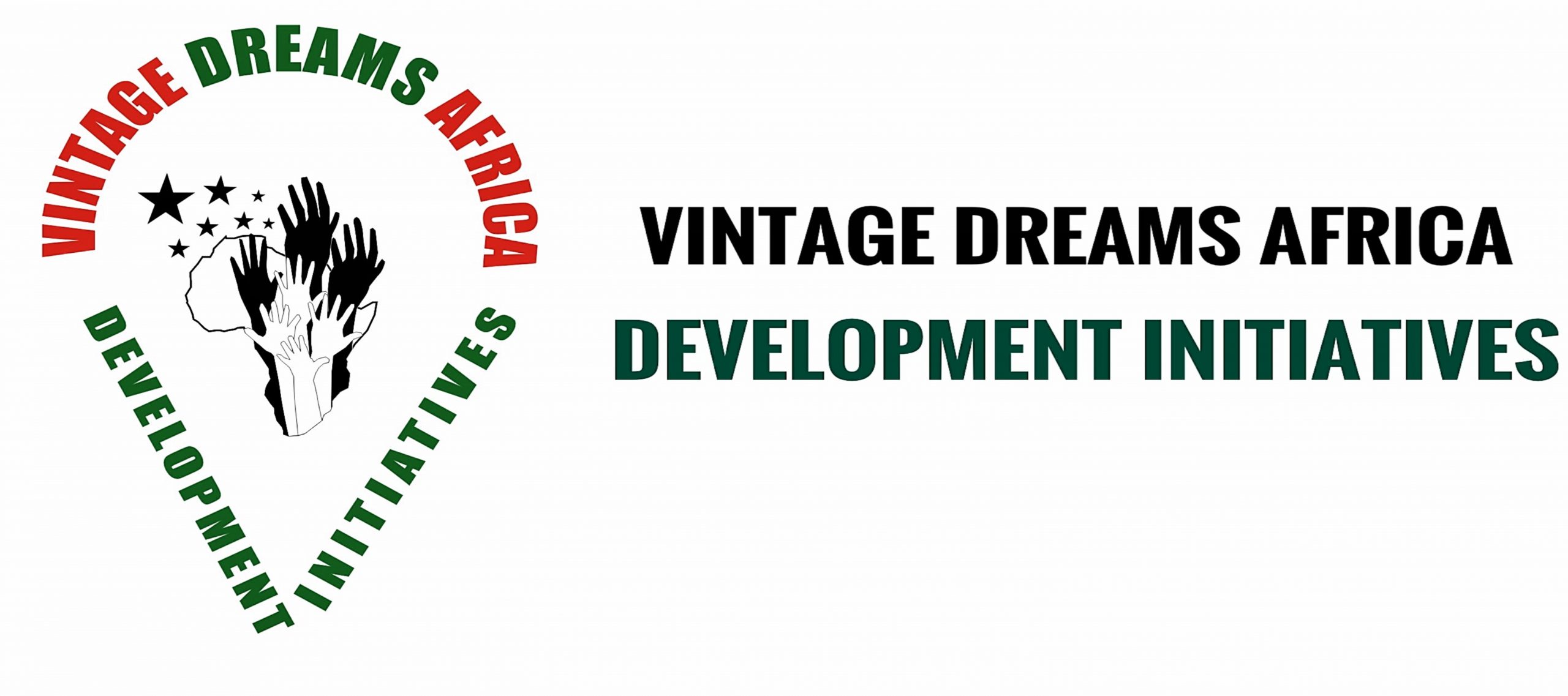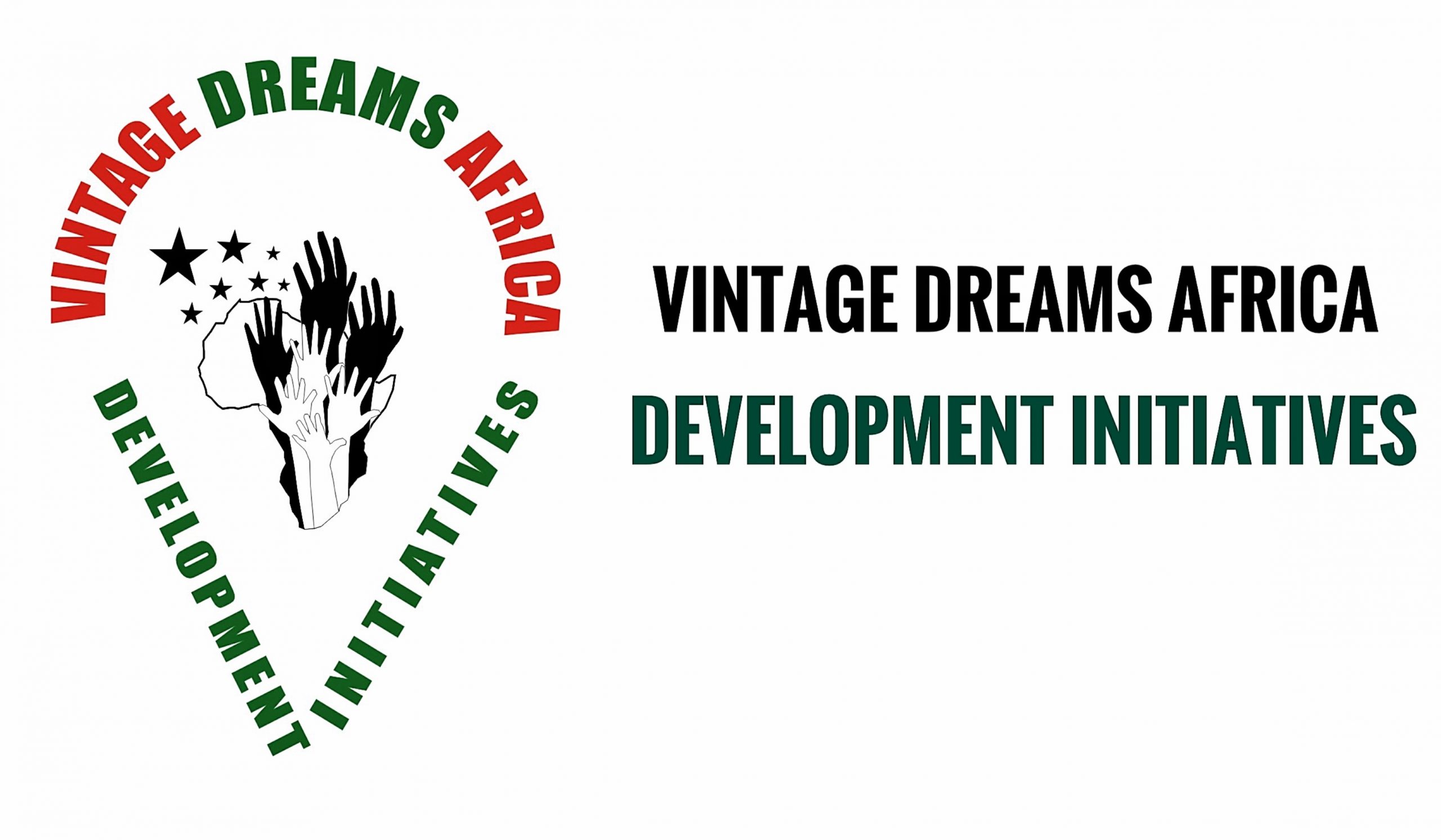The History of Consulting is holistically intertwined with the growing needs of businesses, shaped by industrial developments worldwide. Modern Consulting generally follows the economic development that started in the 19th century, and it has been shaped by it in profound ways today. Therefore as we delve into understanding the link between development and sustainable development we must acknowledge the role of a consultant. Since management consulting sprung out of the need to help businesses improve their performance, it is safe to say that the role of a consultant is to bridge the two concepts in practice by developing sustainability strategies into economic development thus leading to the achievement of sustainable development.
The consultant leverages their wide range of expertise and a pool of professionals from different disciplines and experts to enhance capacities and maximize potential of institutions and communities in line with development that seeks to end poverty and inequality, protect the planet, and ensure that all people enjoy health, justice and prosperity. According to Science Direct, economic development is a process of structural transformation with continuous technological innovation and industrial upgrading. Some of the commonly used measures of a country’s economic development include; Gross National Product (GNP) and Gross Domestic Product (GDP). According to the Kenya National Bureau of Statistics (KNBS) quarterly Gross Domestic Product 1st quarter 2020 report, economic performance in most sectors slowed in the first quarter of 2020 compared to the corresponding quarter of 2019. Real GDP grew by 4.9 per cent during the review period compared to 5.5 per cent growth in the first quarter of 2019.
Though Kenya was somewhat spared the brunt of the COVID-19 pandemic in the first quarter
of 2020, the economy was affected by the resultant uncertainty that was already slowing economic activity in some of the country’s major trading partners.1 While the above indicators measure economic development, the United Nations deemed fit to include a social indicator of development that considers both economic and social factors and designed the Human Development Index (HDI)). HDI measures the average life expectancy, level of education and income for each country in the world. Each country is given a score between 0 and 1 – the closer a country gets to 1, the more developed it is.2
Unfortunately, Africa continues to score relatively low in this particular indicator despite the vast existence of natural resources and favorable climate. With the introduction of a social measure of development, development then acquired a human face. The HDI in addressing the level of education, assessing life expectancy of a country’s population, and income levels of the population is introducing an analogy between economies and societies.
According to Hess, economic growth over the past two centuries has significantly improved the standard of living. He argues that nations that have experienced greater economic growth have been more successful in reducing absolute poverty and raising life expectancy and increasing the quality of life with better health, nutrition and education.3 Other literature suggests that, while natural resources are the basic condition for development; human resources are the basic condition for sustainable development.
Development in connection with the environment is oriented toward exploitation and reclamation, whereas sustainable development is oriented toward conservation and reasonable usage. Sustainable development is also viewed as the product of many stories, worldviews, values, actions and perspectives, it is a collage or kaleidoscope of shapes, color and patterns, that change constantly.4
Following numerous global conversations around linking economic growth to the human capital and the environment, the culmination came in 2012 during a follow up initiative to Agenda 21 that took place in Rio known as Rio + 20 Earth Summit, organized by the United Nations department of Economic and Social Affairs. The conference was to ensure that the Agenda 21 and commitments from previous earth summits were being reaffirmed. It also linked Millennium Development Goals with the sustainable development efforts.5
The monitoring report on progress towards the Sustainable Development Goals (SDGs) in a global context involves a large number of actors as it represents probably the biggest change that our society is implementing. A sustainability score for each region is calculated from a set of 175 indicators contained in all 17 SDGs. Additionally, sustainability scores are disaggregated along the three pillars – social (1–5, 10, 16, and 17), environmental (6, 13–15) and economic (7–9, 11, and 12).6 The consultant therefore investigates the links and introduces strategies to strengthen the linkages. They map existing capacities and link the SDGs targets and indicators to the National Development Plan.
References
1 KNBS, Quarterly Gross Domestic Product Report, statistical release, First quarter 2020
2 Contrasts in development between different countries, The changing economic world, GCSE, BBC 2023.
https://www.bbc.co.uk/bitesize/guides/z838xsg/revision/2#:~:text=Development%20is%20measured%20using%20the,each%20country%20in%20the%20world.
3 Hess N.P. , Economic growth and sustainable development, 2016, Routledge, New York
4
Blewitt J. (2008), Understanding sustainable development, Earthscan, London
5 Ferreira A., Between Development and Sustainability: Symbiotic Synergy or Irreconcilable Duality
August 2017The Central European Review of Economics and Management 1(2):27
https://www.researchgate.net/publication/324431818_Between_Development_and_Sustainability_Symbiotic_Synergy_or_Irr
econcilable_Duality
6 D’Adamo, I., Gastaldi, M., Imbriani, C. et al. Assessing regional performance for the Sustainable Development Goals in
Italy. Sci Rep 11, 24117 (2021). https://doi.org/10.1038/s41598-021-03635-8


